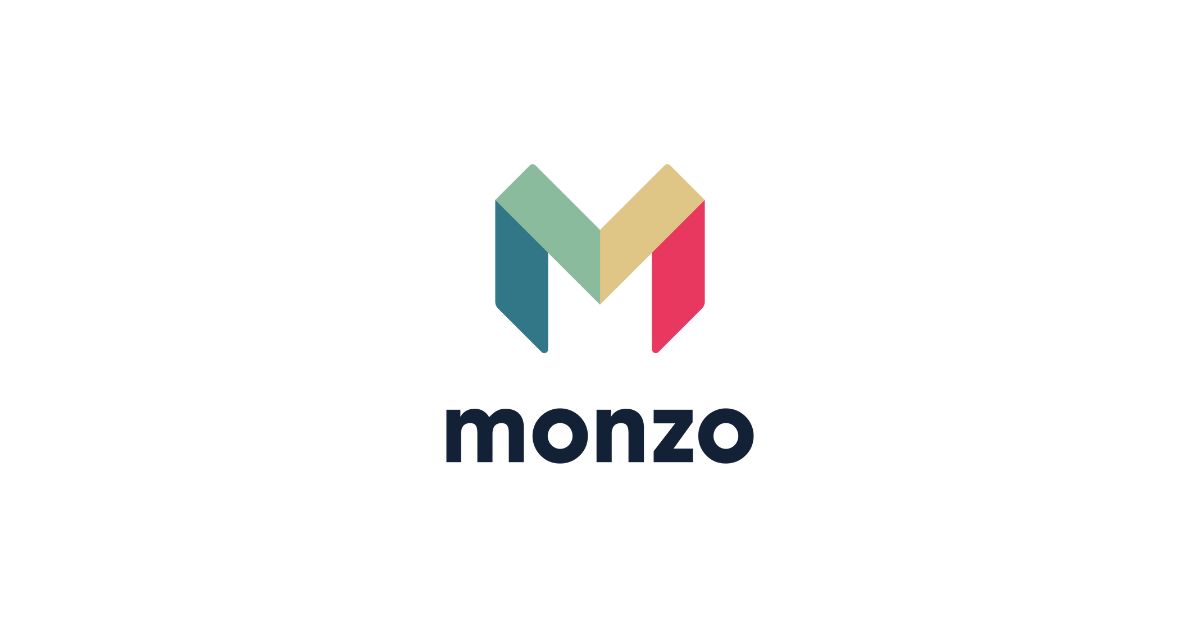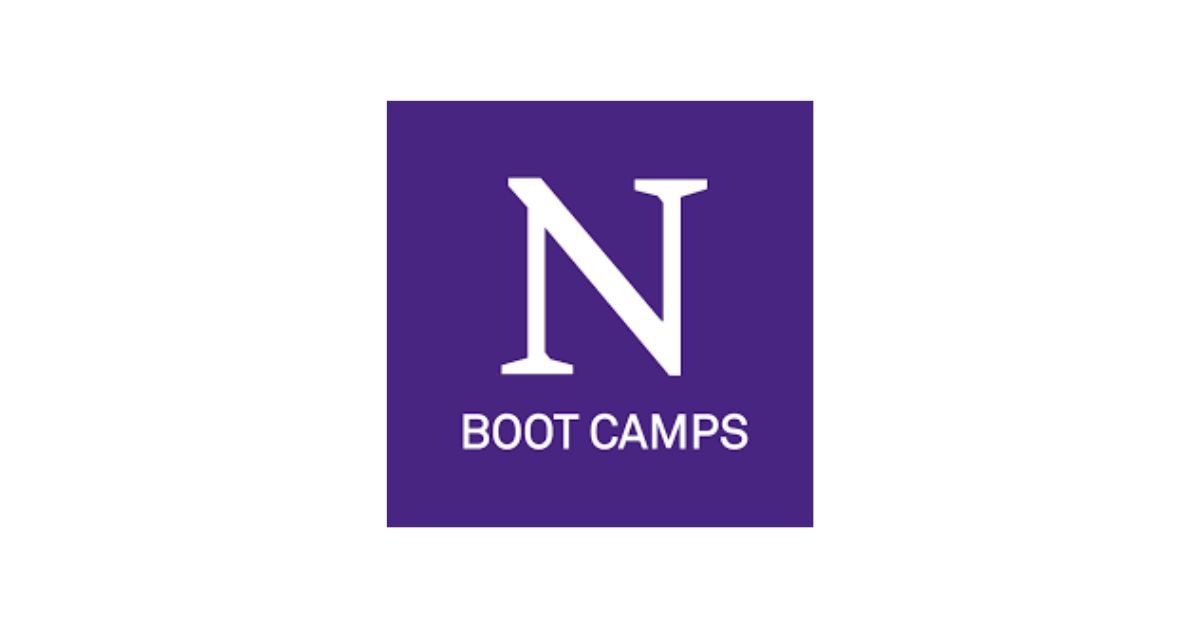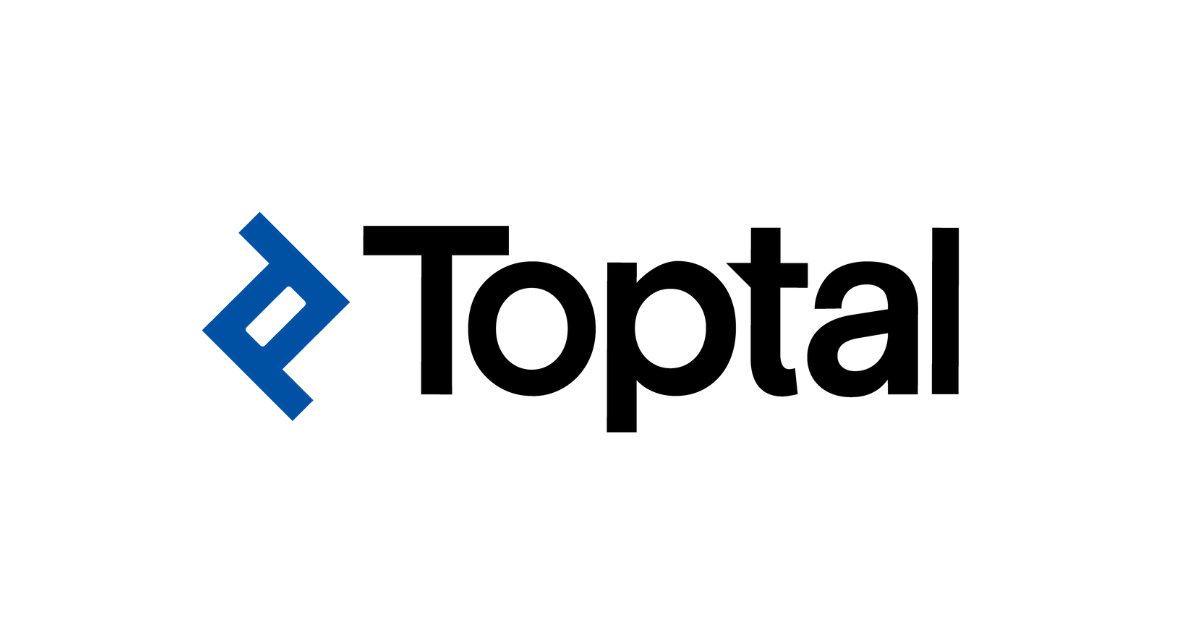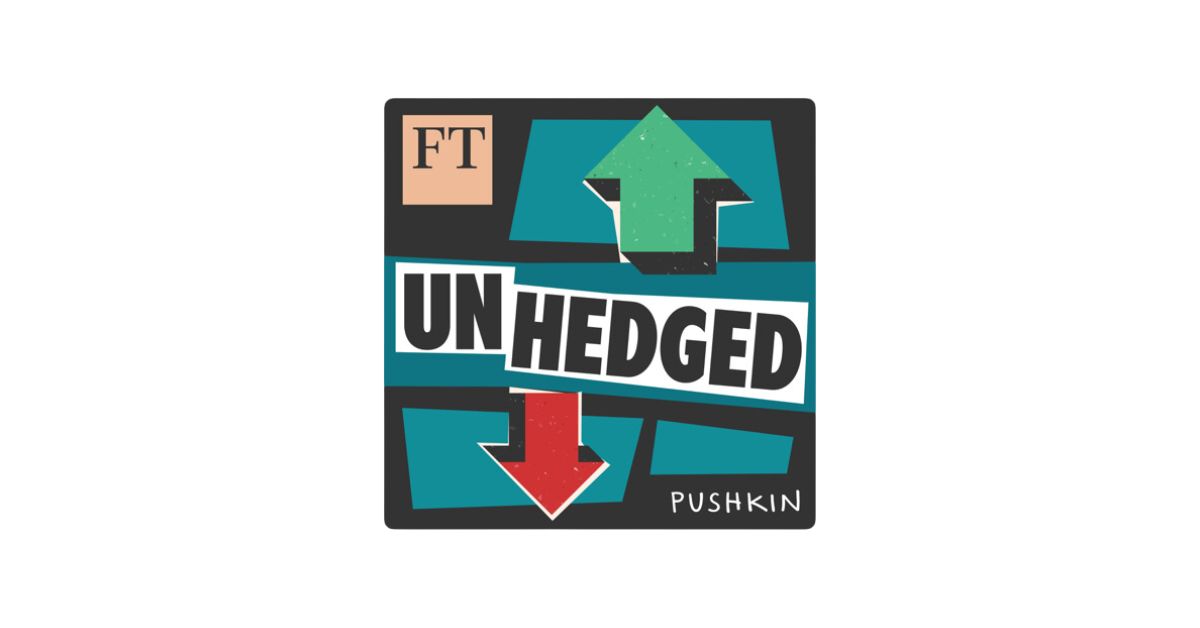A Guide to Financial Inclusion
March 16, 2024, 6 min read
In today’s rapidly evolving global economy, financial inclusion has become a critical topic of discussion. Financial inclusion refers to the accessibility and availability of various financial services to all individuals, especially those who are traditionally excluded from the mainstream financial system. This article will delve into the concept of financial inclusion, explore examples of its implementation, discuss its benefits, and address the barriers that hinder its widespread adoption.
What is Financial Inclusion?
Financial inclusion goes beyond just providing access to basic banking services. It encompasses a range of financial products and services that cater to the needs of diverse individuals, including those from low-income groups, remote areas, and underserved communities. The core objective of financial inclusion is to empower people economically, allowing them to participate in economic activities and improve their overall well-being actively.
Essential components of financial inclusion include access to:
Banking Services: Opening a bank account allows individuals to safely store and manage their money, access credit, and participate in the formal economy.
Credit and Loans: Access to credit enables individuals to invest in their education, start or expand businesses, and weather financial emergencies.
Insurance: Affordable insurance protects individuals and businesses against unforeseen risks, reducing vulnerability and promoting economic stability.
Savings and Investments: Encouraging individuals to save and invest empowers them to build a more secure financial future and plan for long-term goals.
The Meaning of Financial Inclusion
People living in affluent countries are not the only ones who can benefit from financial inclusion. It is estimated that approximately one-fourth of people living in the United Kingdom have low incomes and limited access to various financial services.
As exemplified by its Universal Financial Access 2020 project, the World Bank primarily emphasizes developing a policy that promotes financial inclusion. The effort aims to ensure that at least one billion individuals across the globe have access to at least the most fundamental financial services. These services include keeping a bank account or another type of financial account from which they can send and receive payments and save their money.
According to projections made by the World Bank, there was over 1.7 billion unbanked or underbanked adults worldwide by the year 2020. This is almost one-third of the adult population of the world.
Another effort that includes enhanced financial inclusion as one of its goals is the United Nations Development Programme (UNDP), which was established in 1945. One of the focuses of the UN’s financial inclusion projects is on providing assistance to women who do not have bank accounts or who have insufficient bank accounts.
Additionally, the private sector works towards the goal of expanding financial inclusion, which research has proven to be beneficial to a nation’s economic growth. Naturally, more financial inclusion also means increased potential earnings for financial organisations such as banks and other businesses.
Examples of Financial Inclusion Initiatives
Numerous financial inclusion initiatives have been implemented worldwide, driven by governments, financial institutions, and technology companies. Here are a few noteworthy examples:
Mobile Banking and Payments
In regions with limited access to traditional banking infrastructure, mobile banking and payment services have revolutionized financial inclusion. Companies like M-Pesa in Kenya and Paytm in India have enabled millions to access financial services through their mobile phones.
Microfinance Institutions (MFIs)
MFIs provide small loans to low-income individuals, particularly women, who lack access to formal banking channels. These loans help people start or expand businesses, ultimately lifting them out of poverty.
Banking Correspondents
In countries with vast rural populations, introducing banking correspondents has proved effective. These correspondents act as intermediaries and provide basic banking services in remote areas where setting up a physical bank branch is not feasible.
Government Welfare Programs: Many governments have launched conditional cash transfer programs, providing financial assistance directly to the beneficiaries’ bank accounts. This ensures that the aid reaches the intended recipients efficiently and transparently.
Aspects of Economic and Social Participation
The term “financial inclusion” can refer to a variety of different things. In a general sense, the term “financial inclusion” may apply to the following financial, economic, or entrepreneurial principles; however, this is not a required or exclusive list.
Education and Literacy in Financial Matters
The terms “financial education” and “financial literacy” relate to the process of teaching individuals important financial knowledge and skills through the provision of financial education and programmes. This gives individuals the ability to make decisions based on accurate information, create efficient budgets, and comprehend the advantages of utilising formal financial services as opposed to relying on informal alternatives that could potentially be exploitative. In some instances, individuals just did not have adequate access to sufficient educational opportunities in order to understand fundamental principles of financial literacy.
Banking Services That Are Both Affordable And Easy To Access
Providing unbanked and underbanked individuals with access to banking services that are both affordable and easily accessible allows for increased participation in the formal financial system. The provision of basic savings accounts and accounts for conducting transactions at a reduced cost paves the way for financial inclusion at the grassroots level. This encourages monetary savings and imposes a requirement for monetary security (both conceptually and physically).
Disparities Between the Sexes
Women are 31% more likely than men to have an inactive bank account, according to Women’s World Banking. Men, on the other hand, are more likely to have a bank account overall.
By placing an emphasis on gender-specific financial inclusion activities, the concept of financial inclusion can contribute to the economic empowerment of women and the closing of the gender gap in the provision of financial services. These efforts include developing specialised financial products, programmes to increase financial literacy, and measures to encourage entrepreneurship among women. Aspects of Economic and Social Participation
The Benefits of Financial Inclusion
Promoting financial inclusion offers numerous advantages, not only to individuals but also to society as a whole. Some key benefits include:
Poverty Alleviation: By providing access to financial services, individuals can invest in education, health, and income-generating activities, helping lift themselves and their families out of poverty.
Economic Growth and Stability: A more financially inclusive society fosters entrepreneurship, boosts small and medium-sized enterprises, and stimulates economic growth by increasing consumption and investment.
Women Empowerment: Financial inclusion has been shown to empower women by giving them control over their finances, enabling them to make informed decisions and contribute more effectively to their families’ well-being.
Reduced Income Inequality: Financial inclusion helps bridge the income gap by providing marginalized communities with the tools to improve their financial situation and participate in the formal economy.
Barriers to Financial Inclusion
Despite the positive impact of financial inclusion, several barriers impede its progress. Understanding and addressing these challenges is essential for successfully implementing inclusive financial systems. Some of the major barriers include:
Lack of Financial Literacy: Many individuals, especially in rural or underprivileged areas, lack the necessary knowledge to navigate financial products and services effectively.
Inadequate Infrastructure: Limited banking infrastructure in remote areas makes it difficult for financial institutions to reach out to underserved populations.
High Costs and Fees: Traditional financial services often come with high transaction costs and fees, making them unaffordable for low-income individuals.
Regulatory Constraints: Outdated or stringent regulations can hinder the growth of innovative financial technologies and prevent them from reaching the masses.
Overcoming Barriers and Advancing Financial Inclusion
To enhance financial inclusion, stakeholders must collaborate to address the barriers effectively. Some strategies include:
Financial Education: Investing in financial literacy programs can empower individuals to make informed decisions and manage their finances more effectively.
Technology and Innovation: Leveraging technology can help reach underserved populations, making financial services more accessible and affordable.
Flexible Regulations: Governments should adopt policies that foster innovation while ensuring consumer protection and financial stability.
Public-Private Partnerships: Collaboration between governments, financial institutions, and technology companies can create synergies and drive financial inclusion initiatives forward.
Conclusion
Financial inclusion is a powerful tool for reducing poverty, promoting economic growth, and fostering social development. By providing access to essential financial services, individuals gain the means to build a brighter future for themselves and their communities. Despite the barriers, various examples of financial inclusion initiatives demonstrate the transformative potential of this concept. Through collaborative efforts and innovative approaches, society can overcome challenges and continue to advance financial inclusion, creating a more inclusive and prosperous world for all.
















